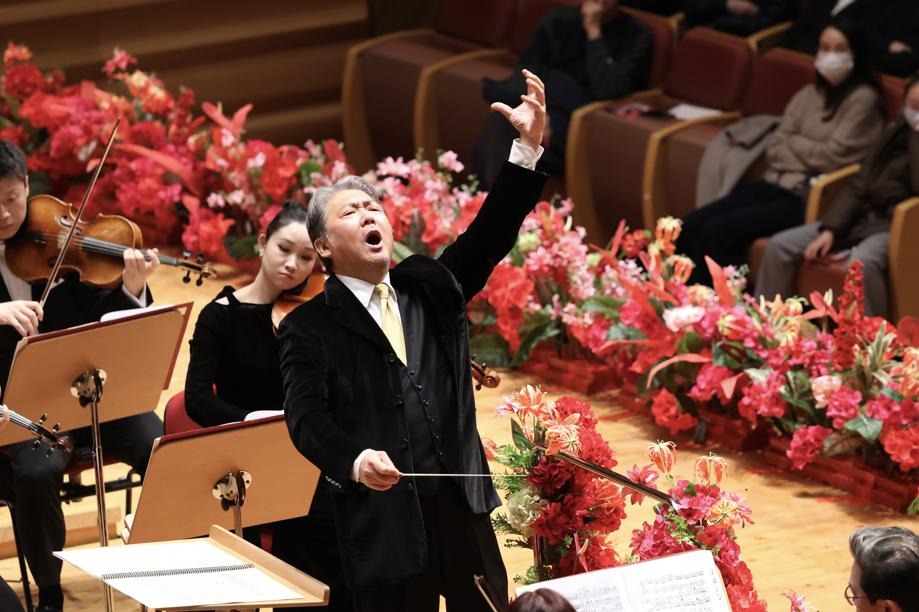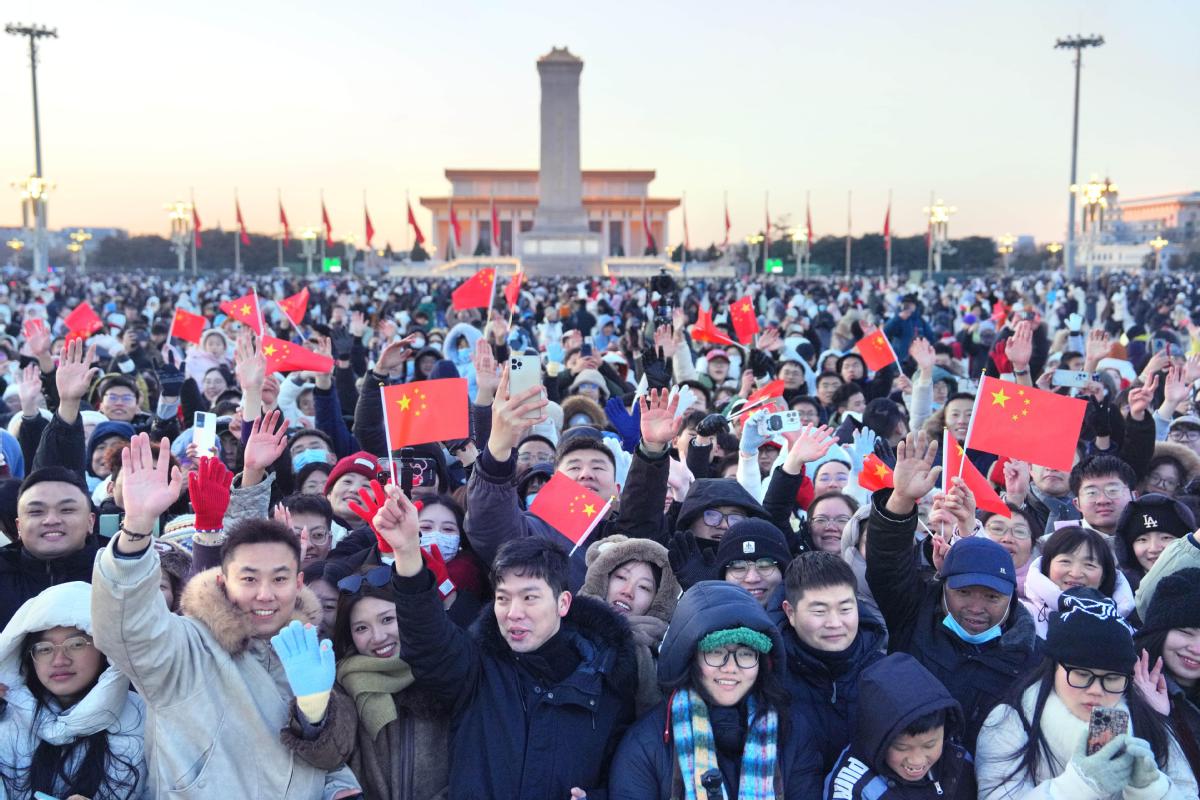Nation tackles superdrugs and superbugs


Campaign designed to fight proliferation of medication-resistant bacteria
More than 700 rivers in 72 countries are polluted by antibiotics, posing a threat to the health of animals and humans. The cause of the pollution is the excessive use and mishandling of antibiotics in the natural environment, according to research presented at the annual meeting of the Society of Environmental Toxicology and Chemistry in Helsinki, Finland, in May.
In the study, researchers from the University of York in the United Kingdom said Asia and Africa have the largest number of river sites where pollution exceeds the safe levels of 20 to 32,000 nanograms per liter, depending on the chemicals involved.
In 2015, researchers from the Guangzhou Institute of Geochemistry at the Chinese Academy of Sciences produced a report that said China consumed 162,000 metric tons of antibiotics in 2013, more than half the global total. Animals accounted for 52 percent of antibiotic use, while humans accounted for 48 percent.
China's rivers have an average of 303 nanograms of antibiotics per liter of water, while in the United States the figure is 120 ng/l, and in Germany it is 20 ng/l.
In 2016, China introduced a national campaign aimed at curbing the use of antimicrobial drugs.
According to a report released by the National Health Commission in June last year, from 2010 to 2017, the rate of antimicrobial drug use in outpatient clinics fell from 19.4 percent to 7.7 percent, while the rate among hospital inpatients fell from 67.3 percent to 36.8 percent.
The University of York study noted that the presence of such large amounts of antibiotics in water sources gives rise to antibiotic-resistant bacteria known as superbugs. They access the human body via drinking water and other channels.
In a news release, Alistair Boxall, professor of environmental science at the university and one of the authors of the study, said many scientists and policymakers now recognize the role played by the natural environment in the problem of antimicrobial resistance. "Our data show that antibiotic contamination of rivers could be an important contributor," he wrote.
A report published in April by the UN Interagency Coordination Group on Antimicrobial Resistance said superbugs result in the deaths of 700,000 people globally from drug-resistant diseases every year, and by 2050, it is estimated that antimicrobial resistance will cause 10 million deaths a year.
Humans and animals are two main sources of antibiotic contamination. They both require the drugs to tackle illness, while animals are also given antibiotics to accelerate growth, according to the World Health Organization.
However, only a small proportion of the antibiotics is broken down and metabolized in the body, while the remainder mixes with wastewater via urination and defecation.
In 2017, Paola Grenni, a microbial ecologist at the Water Research Institute of Italy's National Research Council, produced a research paper arguing that treatment plants are unable to completely remove antibiotics present in wastewater.
Moreover, some of the drugs do not degrade in the natural environment, so they accumulate in natural systems and combine with microbes that carry antibiotic-resistant genes. Once they spread in the water from one bacterial species to another, the genes tend to linger, posing new threats.
A global survey conducted last year by the World Health Organization, the UN Food and Agriculture Organization and the World Organization for Animal Health, showed that just 64 countries out of 154 surveyed had limited the use of antibiotics for growth promotion in animal production.
Since 2015, the World Health Organization has designated the third week of November as World Antibiotic Awareness Week, aiming to adopt best practices and avoid the further emergence and spread of antibiotic resistance.
Grenni has called for a reduction in the production of antibiotics, their use and discharge into the environment.
"We have to reduce the use of antibiotics in cases where they are not important for your (human) health or the health of the animals. The second point is, we need to have wastewater treatment plants that are able to degrade these kinds of molecules. This is a crucial point in order to reduce the amount in the environment," she said.
- Yearender: Xi leads China through a pivotal 2025
- Tianjin University unveils initiative aimed at developing innovative leaders
- Nanjing Massacre survivors decreases to 23
- China rebuffs criticism over drills around Taiwan
- Mainland pledges deeper cross-Strait integration in 2026 message
- Wuxi marks New Year with cross-cultural symphonic celebration



































